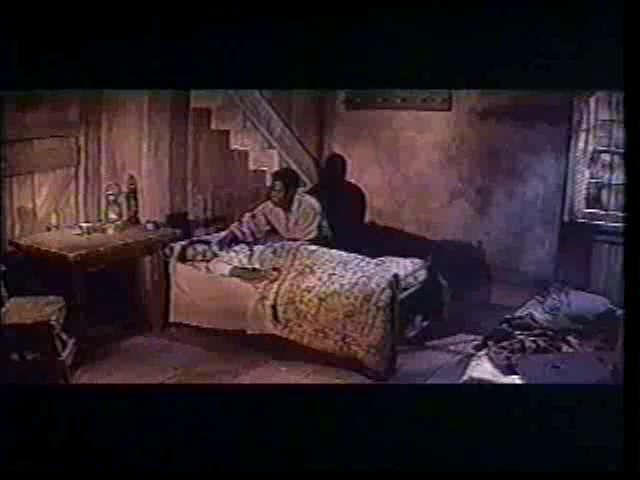|
Genres, Themes, Actors, and Directors:
- African-Americans
- Alcoholism and Drug Addiction
- Dorothy Dandridge Films
- Love Triangle
- Musicals
- Otto Preminger Films
- Sidney Poitier Films
Review:
This notorious “lost film” — directed by Otto Preminger, and based on the 1935 opera by George and Ira Gershwin and librettist DuBose Heyward — can still only be seen in an inferior bootleg version, which compromises one’s appreciation of the original widescreen Todd-AO cinematography but at least allows one to get a sense of the movie. A quick read about the film’s production history gives an indication of how many challenges there were, starting with Rouben Mamoulian (the original director) parting ways after a fire burned down all the sets and costumes, and the reluctance of many cast members to play roles that were considered somewhat demeaning. (Poitier, whose singing was dubbed, always hated his participation in this film, which surely didn’t help the case towards its restoration.)
As someone unfamiliar with the original story or opera (other than the classic tune “Summertime”), I was pleased to finally learn who these famous characters are, and to see how authentically kind Porgy is towards Bess (who comes across as a decidedly flawed but sympathetic drug addict trying to turn her life around). The storyline is depressing and somewhat statically filmed, so it’s the songs one waits for — and Sammy Davis Jr.’s rendition of “It Ain’t Necessarily So” is a particular highlight.

While this movie musical isn’t must-see viewing, it’s certainly of interest as a notorious “lost film”, and film fanatics may be curious to check it out simply given its history and top-name cast.
Notable Performances, Qualities, and Moments:
- (Presumably) the Todd-AO cinematography

- The inimitable score
Must See?
No, but it’s recommended if you come across a copy — and it will be fun to see the restored version one day! Chosen for inclusion in the National Film Registry of the Library of Congress in 2011.
Links:
|



One thought on “Porgy and Bess (1959)”
Not must-see. As posted, after a first viewing (9/5/20), in ‘The ’40s-’50s in Film’ (fb):
“Summertime… and the livin’ is easy…”
‘Porgy and Bess’ (1959): Back in June, I posted an article on the status of ‘P&B’ as “a lost film”. (I’ll re-post the article in the comments.) Yesterday I happened upon a copy online. Though the print noticeably cries out for restoration, it’s still surprisingly watchable – and it’s, of course, a nearly impossible film to find, so this may be the best opportunity to see it… that is, if you’re curious at all. … I had never seen the film. I did see the late ’70s Broadway revival – and recall it as having a certain forcefulness – but an opinion of the film may, to a large degree, depend on how you feel about the material in general.
I can’t admit to being a major fan of the work – though, musically, there’s certainly much in it to admire. But, as reflected in the film, the storyline (Which man will Bess ultimately choose?) is frustratingly thin and aching for development. So much so that, when a hurricane sequence begins midway, one can’t help but see it as a desperate attempt at ‘conflict’.
Overall, the film is more earnest than electric. It seems clear that the actors are hemmed-in by a narrative that’s not all that compelling. The dubbed singing for the leads (Sidney Poitier and Dorothy Dandridge) is jarring. Perhaps the only real highlight comes when Sammy Davis Jr. sings “It Ain’t Necessarily So” and performs it in a manner that flirts with being Fosse-esque (which could have been exploited more effectively). Poor Pearl Bailey is simply wasted.
Otto Preminger’s visual sense here is largely static and his direction in general is lifeless. ‘Carmen Jones’ – his previous take on similar territory in 1954 – is certainly a better film.